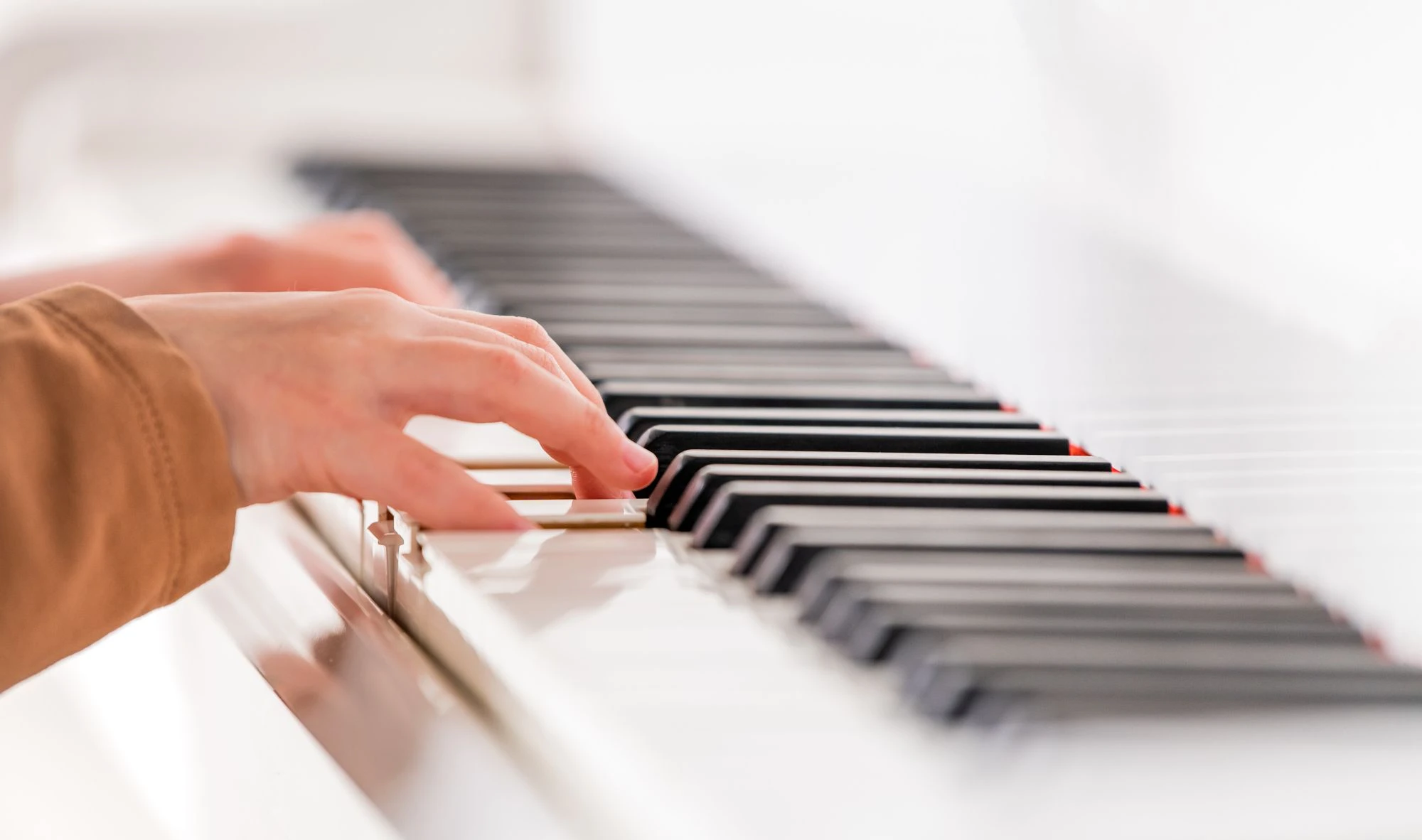Why Practicing?
Have you ever stopped to think about why we practice? It may seem obvious, but the truth is, we often go through our daily actions and habits on autopilot rather than actively considering the purpose behind them. Just like we go through our daily habits on autopilot, we often practice on autopilot as well.
From the start of our musical journey, we’re told that practice is important, but we may not fully understand what it means or its purpose. In reality, practice is an art form that helps us achieve our goals quickly and efficiently. Imagine this: what’s the shortest distance between two points? A straight line. That’s what practice is – the straightest path from where you are to where you want to be.
But how do you draw that straight line?
You might think the solution is complicated, but it’s not. The key to a successful practice is setting specific goals before you even start playing. And I mean specific goals, not just general ones. I often hear from young students who tell me they practice a lot but aren’t seeing the progress they want. The reason is clear: they’re practicing in a way that reinforces bad habits making the practice circular instead of linear. That’s why it’s crucial to have clear, specific goals in mind when you practice, even if you’re just a beginner. For young students, parents need to understand what their child needs to reach their goals and support them in developing a positive practice mindset from an early age. The sooner you learn to practice effectively, the easier it will be to play a musical instrument.

Specific vs generalized
It’s important to have clear and specific goals that focus your mind. Simply saying you want to play better doesn’t make it happen. Without a clear understanding of what “playing better” actually means and requires, you can end up wasting a lot of time and not making progress. We all move forward step by step, and having a clear vision of our next step helps us stay focused.
For example, imagine you’re in a music store (assuming music stores still exist!) and you start browsing for a recording you like. You’ll probably spend a lot of time wandering around and not finding what you want. But if you go in and ask for a recording of the Concerto for Violin and Orchestra by J. Brahms with Jascha Heifetz on the violin and Fritz Reiner conducting the Chicago Symphony Orchestra, you’ll find exactly what you’re looking for quickly and spend less time in the store. That’s how specific our goals should be.
What to do first
Before you start practicing, it’s a good idea to be clear about what you want to achieve during that practice session. Even before you take your instrument out of its case, take a moment to think about what you want to accomplish. This way, you’ll be able to focus right away with a clear goal in mind when you take your instrument out of its case. This is when notes from your teacher (if you’re a younger student) or notes you take during lessons become really important and useful. Reviewing your notes before you start playing will help you avoid just repeating the same passages over and over.
For example, if a child is just starting to learn the violin, the teacher and parent should have a clear goal for the child to learn how to hold the instrument correctly. They can use notes from the book or lesson notebooks to help them understand what is required. The more often the child practices the correct way, the faster they will develop the right habit.
It’s not necessary to spend hours and hours practicing, especially if you’re a beginner. Instead, focus on the quality and effectiveness of your practice.
Does just repetition always work?
We often hear that we need to practice something repeatedly to improve, but with this repetition sometimes we don’t see progress or even feel that we’re worse off. The key is understanding that our minds work like recording machines, and when we’re on autopilot, our minds don’t discriminate between what’s correct and what’s incorrect. So when you practice correctly, your mind records that information, but it also records when you practice incorrectly. And that’s where the problem lies.
Our minds are powerful tools that can be used in positive or negative ways. Depending on the way you use your mind during practice, it can help you achieve your goals when mindfully practicing specific goals. But, when you practice on autopilot, your mind still remembers the motions recording incorrect information bringing you further from your goals.
How to get there!
Here are a few tips to make practicing easier:
Use a schedule: Establish a regular practice schedule and stick to it. Don’t set unrealistic goals of practicing for hours on end, start with a manageable amount of time and increase as you become more comfortable.
Review your notes: Before you start playing, take a moment to review your notes and understand what you’re supposed to be learning.
Avoid mistakes: Pay attention to mistakes and avoid repeating them. Remember that repetition is only effective when you’re repeating the correct movements and sounds. If you find yourself playing immediately after making a mistake, you’re likely just repeating it without realizing it.
Take your time: Don’t rush the learning process. Give yourself time to absorb what you’re learning and focus on achieving specific goals. It’s better to master a few things than to only skim the surface of many.
Ruben Camacho
